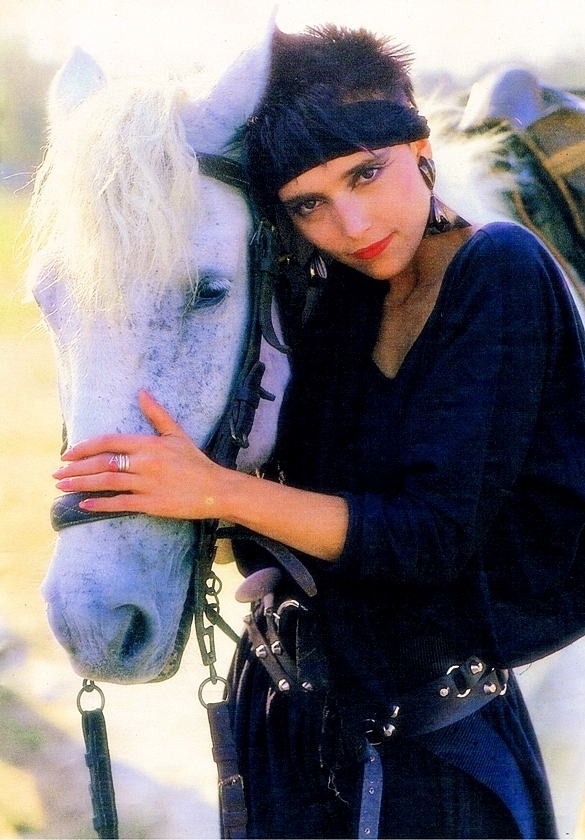

We notice that similar facts have been already whitnessed in France, in Fontainebleau with “The Alchemist” or with the traverse of “Scarabée” or in Chamonix with “Kaiser Sauzé”. Dai is especially dismayed because he had a great project on this piece of rock, “Natori”, also broken, a boulder that he considered a new level of difficulty higher than what had been established in Japan, and a challenge for future generations. The passages like “Nehanna” 8C among others have also been damaged. Indeed several holds of the boulder were destroyed, presumably by crowbar or hammer. Stupor, sadness and misunderstanding are the feelings that animate the Japanese legend Dai Koyamada who had the bad surprise to discover this week that his boulder “Nayuta” 8C + opened in Gero in April 2017 had been vandalized. On rappelle que des faits semblables se sont déjà produits en France, à Fontainebleau avec “L’alchimiste”, la traversée de “Scarabée” ou encore à Chamonix avec “Kaiser Sauzé”. Dai est surtout atterré car il avait un super projet sur ce pavé, “Natori”, un bloc qu’il jugeait d’un niveau de difficulté supérieur à ce qui avait été établi au Japon, un challenge pour les générations futures, lui aussi endommagé. Les autres passages du bloc “Nehanna” 8C entre autres ont été aussi abîmés. En effet, plusieurs prises du bloc ont été détruites, vraisemblablement au pied de biche ou au marteau.

Gerald Kelly produced a copy of the painting in 1939, now in a private collection.Stupeur, tristesse et incompréhension sont les sentiments qui animent le japonais Dai Koyamada qui a eu la mauvaise surprise de découvrir cette semaine que son bloc “Nayuta” 8C+ ouvert à Gero en avril 2017 avait été vandalisé. It is one of a small but important group of modern paintings in the collection of Queen Elizabeth The Queen Mother, which also includes works by Henri Fantin-Latour, Walter Sickert and Paul Nash. Clemenceau provided the nickname 'Le Bloc' (The Rock) which was to be the title of a political journal he was to establish. Et autant dire que l'anesthsie est sacrment efficace si Metallica, Led Zeppelin ou encore AC/DC ne parviennent pas nous rveiller. By 1899 Monet had given it to this great statesman. Du rock bloc au bloc (opratoire) On sait enfin ce que les chirurgiens coutent lorsque l'on passe sur le billard, grce Spotify et l'application Figure 1. It is of great importance in the artist's ouevre, given its priceless inspirational value in forming a symbolic link with his great friend Georges Clemenceau. The present painting, along with thirteen others of the same series, was exhibited at a joint exhibition with Auguste Rodin at Georges Petit's gallery in Paris in June 1889. He paid a local landowner to have new leaves removed from an oak tree that was the focus of a group of paintings in order to maintain its earlier wintry appearance. As the season changed, his fears that the appearance of spring greenery would change the colours of his 'sombre and sinister' subjects were well founded.
LE ROCK DES BLOCS SERIES
He described the wintry landscape of the area as lugubrious and his promising start to the series was soon interrupted by severe weather. Many of Monet's letters survive from his stay at Fresselines. The uncompromising composition is dominated by the massive rock, whose colours and textures are explored in brilliant sunlight. Although the main subject of the series is the nearby confluence of two sources of the river Creuse, this view shows the rocky outcrop that rises above the convergence of the rivers. The French Impressionist painter Claude Monet's famous series paintings of the 1890s (of subjects such as haystacks, poplars and Rouen Cathedral) were anticipated by the group of twenty-four canvases he produced between March and May 1889 while staying in the village of Fresselines in central France. A rugged hillside studded with rocks and crags covers most of the canvas above left some branches can be seen against a blue sky, with a few clouds.


 0 kommentar(er)
0 kommentar(er)
